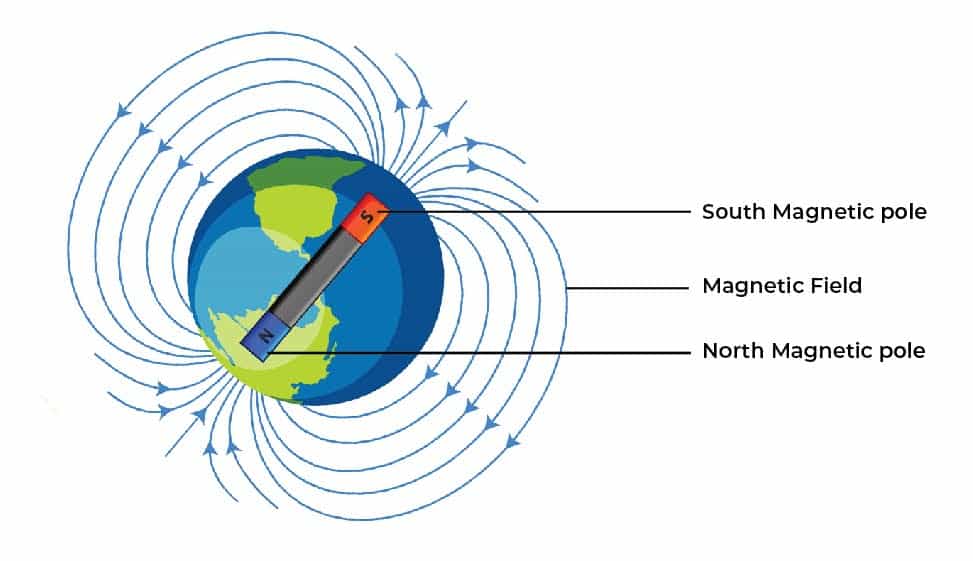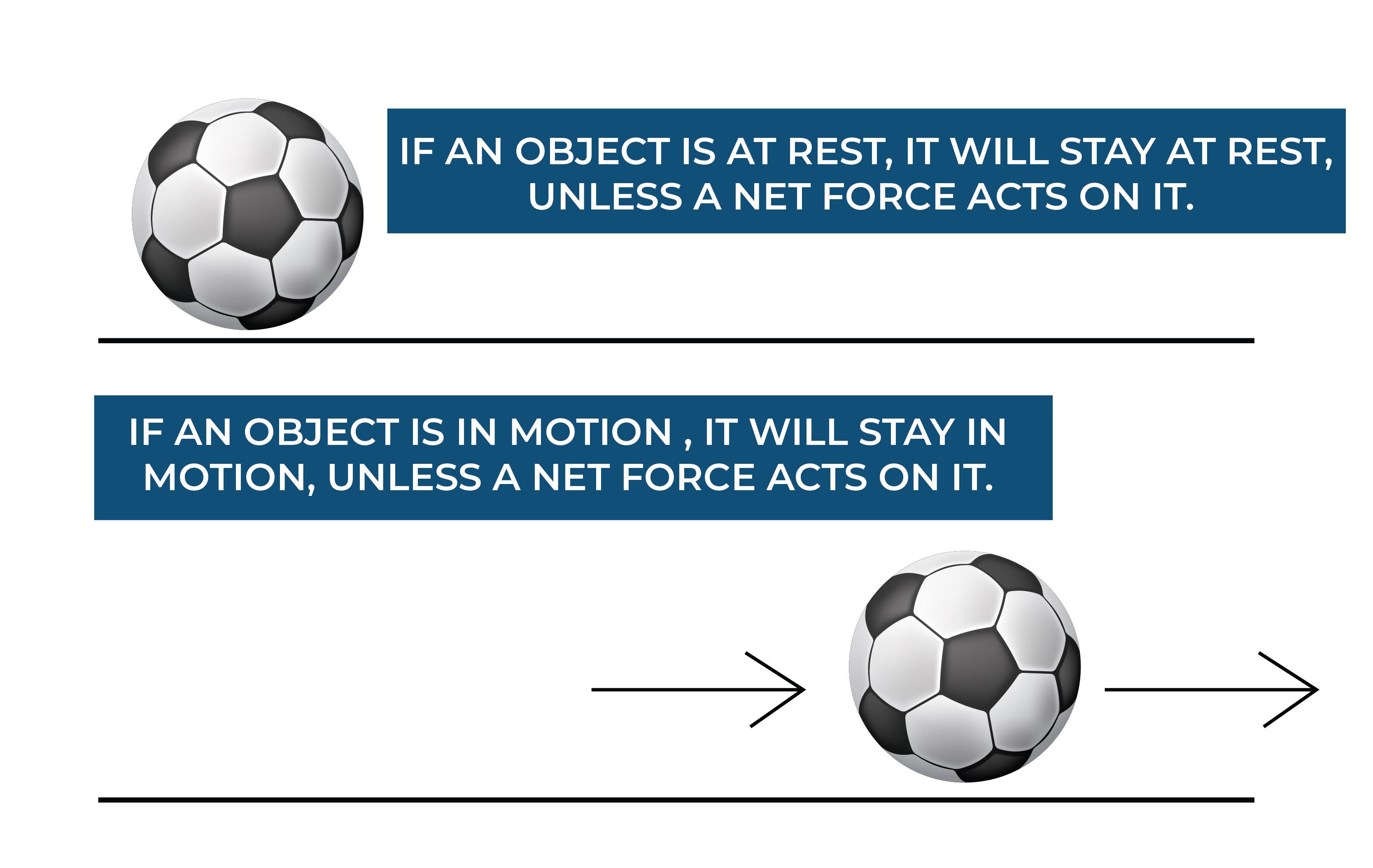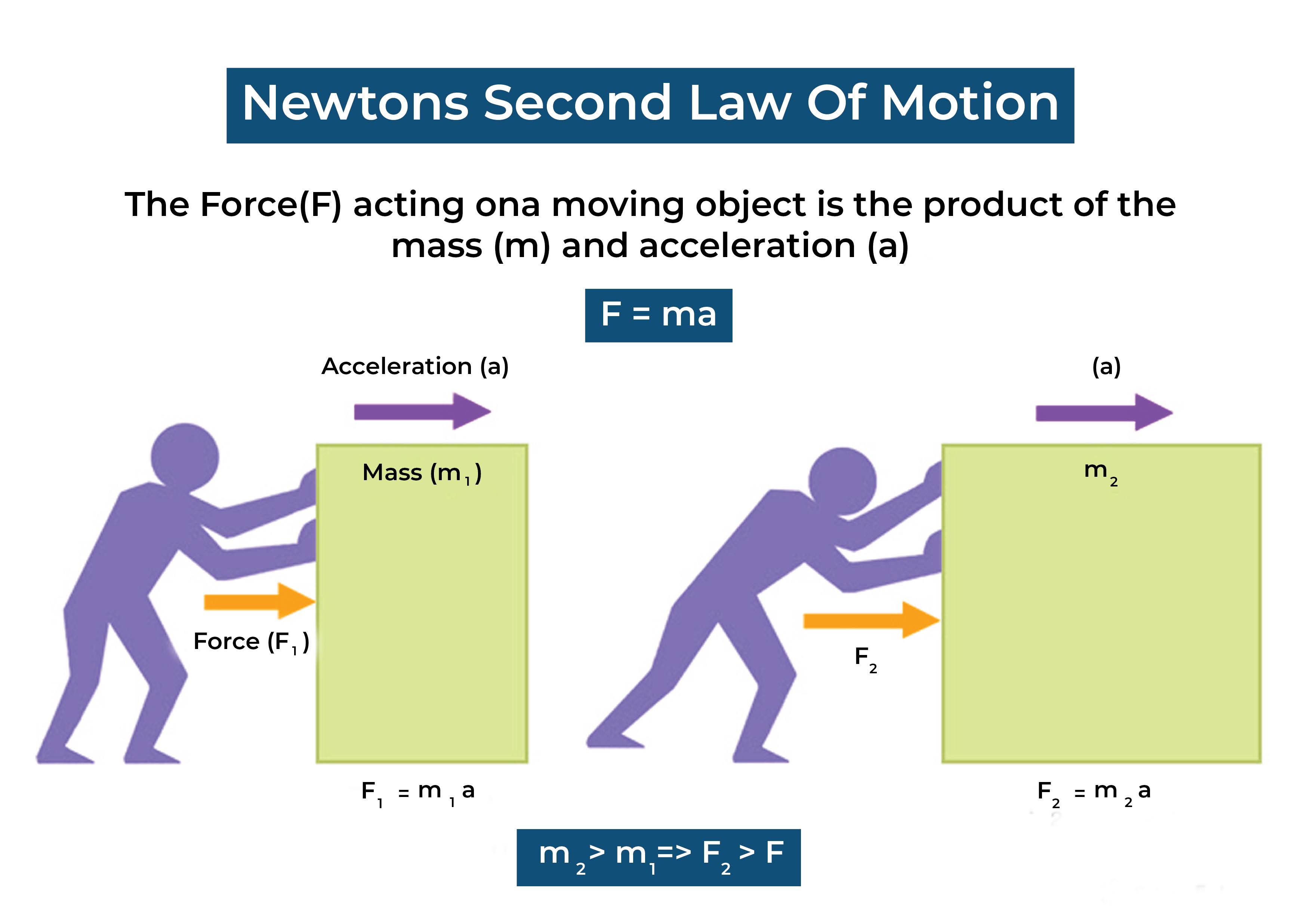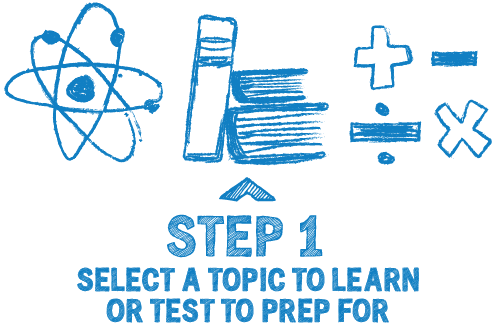Newton’s Laws of Motion
Grade 7 Science Worksheets
Newton’s laws of motion are a set of three laws that describe the relationship between an object’s motion and the forces acting upon it.
Table of Contents:
- Understanding Newton’s Laws of Motion
- The Law of Inertia (First Law)
- Law of Acceleration (the second law)
- Law of Action and Reaction (the third law)
- FAQs
Newton’s Laws of Motion - Grade 7 Science Worksheet PDF
This is a free printable / downloadable PDF worksheet with practice problems and answers. You can also work on it online.
|
Untimed | |
Sign up with your email ID to access this free worksheet.
"We really love eTutorWorld!"
"We really love etutorworld!. Anand S and Pooja are excellent math teachers and are quick to respond with requests to tutor on any math topic!" - Kieran Y (via TrustSpot.io)
"My daughter gets distracted easily"
"My daughter gets distracted very easily and Ms. Medini and other teachers were patient with her and redirected her back to the courses.
With the help of Etutorworld, my daughter has been now selected in the Gifted and Talented Program for the school district"
- Nivea Sharma (via TrustSpot.io)
Understanding Newton’s Laws of Motion
These laws were first described by Sir Isaac Newton in 1687 in his book “Philosophiæ Naturalis Principia Mathematica” and they form the foundation of classical mechanics.

The Law of Inertia (First Law)
The law of inertia, also known as Newton’s first law of motion, states that an object at rest will remain at rest, and an object in motion will continue in motion with a constant velocity, unless acted upon by an unbalanced force.
This means that an object will continue to move in a straight line at a constant speed, unless acted upon by a force.

A simple example of the law of inertia can be observed in a car that is moving at a constant speed on a level road. If the driver suddenly takes their foot off the gas pedal, the car will continue to move forward at the same speed, unless acted upon by a force such as friction with the road surface or air resistance.
Another example of the law of inertia can be observed when a person is riding in a moving train. If the train suddenly comes to a stop, the person will continue to move forward with the same velocity as the train, unless acted upon by a force such as friction with the floor or a seat.
The law of inertia can also be observed in situations of free fall. An object that is dropped from a height will continue to fall with a constant velocity, unless acted upon by a force such as air resistance or the force of gravity.
In all these examples, the objects are moving in a straight line with a constant velocity, unless acted upon by a force. This is the fundamental concept of the law of inertia.
“There have been times when we booked them last minute, but the teachers have been extremely well-prepared and the help desk at etutorworld is very prompt.
Our kid is doing much better with a higher score.”
7th Grade Tutoring
eTutorWorld offers Personalized Online Tutoring for Math, Science, English, and Standardised Tests.
Our Tutoring Packs start at just under $21 per hour, and come with a moneyback guarantee.
Schedule a FREE Trial Session, and experience quality tutoring for yourself. (No credit card required.)
Law of Acceleration (the second law)
Newton’s second law of motion, also known as the law of acceleration, states that the acceleration of an object is directly proportional to the net force acting on the object and inversely proportional to its mass. Mathematically, this can be expressed as F = ma, where F is the net force, m is the mass of the object, and a is the acceleration.

This law states that the greater the force acting on an object, the greater its acceleration will be, and the greater the mass of an object, the smaller its acceleration will be, all other things being equal.
An example of Newton’s second law in action can be seen when pushing a heavy object such as a couch. If you push with a force of 10 N, the couch will accelerate very slowly, but if you push with a force of 100 N, the couch will accelerate much faster. Similarly, if you push a small object like a book with a force of 10 N, it will accelerate much faster than the couch.
Another example is a car accelerating from a stop. The greater the force exerted by the engine (measured in newtons or pounds), the greater the acceleration of the car, and the greater the mass of the car, the smaller its acceleration will be.
This law can be used to predict and explain the motion of an object under the influence of forces, and it forms the basis of classical mechanics which is used to understand the motion of objects in the everyday world.
Law of Action and Reaction (the third law)
The law of action and reaction, also known as Newton’s third law of motion, states that for every action, there is an equal and opposite reaction.
This means that if an object exerts a force on another object, the second object will exert an equal and opposite force on the first object.

A simple example of the law of action and reaction can be observed when you jump off the ground. When you push off the ground with your feet, the ground pushes back with an equal and opposite force, propelling you upward.
Another example is a rocket launching into space. The rocket exerts a force on the exhaust gases by expelling them out of the nozzle, and the exhaust gases exert an equal and opposite force on the rocket, propelling it forward.
A third example is a swimmer pushing off a pool wall. The swimmer exerts a force on the wall by pushing off it, and the wall exerts an equal and opposite force on the swimmer, propelling them forward.
In all these examples, the forces acting on the objects are equal in magnitude but opposite in direction. This is the fundamental concept of the law of action and reaction.
This law is also known as the principle of conservation of momentum, which states that the total momentum of an isolated system is conserved.
Do You Stack Up Against the Best?
If you have 30 minutes, try our free diagnostics test and assess your skills.
Newton’s Laws of Motion FAQS
What are Newton's laws of motion?
Newton’s laws of motion are a set of three laws that describe the relationship between an object’s motion and the forces acting upon it. These laws were first described by Sir Isaac Newton in 1687 and they form the foundation of classical mechanics.
What is Newton's first law of motion?
Newton’s first law of motion, also known as the law of inertia, states that an object at rest will remain at rest, and an object in motion will continue in motion with a constant velocity, unless acted upon by an unbalanced force.
What is Newton's second law of motion?
Newton’s second law of motion, also known as the law of acceleration, states that the acceleration of an object is directly proportional to the net force acting on the object and inversely proportional to its mass. Mathematically, this can be expressed as F = ma, where F is the net force, m is the mass of the object, and a is the acceleration.
What is Newton's third law of motion?
Newton’s third law of motion, also known as the law of action and reaction, states that for every action, there is an equal and opposite reaction. This means that if an object exerts a force on another object, the second object will exert an equal and opposite force on the first object.
How are Newton's laws of motion used in everyday life?
Newton’s laws of motion are widely used in physics, engineering, and other scientific fields, but they also apply to many everyday scenarios, such as driving a car, playing sports, or even walking. Understanding these laws can help us to better predict and understand the motion of objects and the forces acting upon them.

Kathleen Currence is one of the founders of eTutorWorld. Previously a middle school principal in Kansas City School District, she has an MA in Education from the University of Dayton, Ohio. She is a prolific writer, and likes to explain Science topics in student-friendly language. LinkedIn Profile
Affordable Tutoring Now Starts at Just $22.49
eTutorWorld offers affordable one-on-one live tutoring over the web for Grades K-12. We are also a leading provider of Test Prep help for Standardized Tests (SCAT, CogAT, MAP, SSAT, SAT, ACT, ISEE, and AP).
What makes eTutorWorld stand apart are: flexibility in lesson scheduling, quality of hand-picked tutors, assignment of tutors based on academic counseling and diagnostic tests of each student, and our 100% money-back guarantee.
Whether you have never tried personalized online tutoring before or are looking for better tutors and flexibility at an affordable price point, schedule a FREE TRIAL Session with us today.
*There is no purchase obligation or credit card requirement
Grade 7 Science Worksheets
- Elements and Compounds
- Solar Energy
- Photosynthesis
- Electricity and Magnetism
- Law of conservation of energy
- Periodic table
- Properties of Matter
- Waves
- Energy Resources
- Weather and Climate
- Immune, Circulatory and Digestive Systems
- Organs in Multi-cellular Organism
- Sedimentary, Igneous, and Metamorphic Rocks
- Structure of the Earth
- Law of Conservation of Mass
- Physical and Chemical Changes
- Scientific Method
- Human Digestive System
- Environmental Science
- Renewable and Non-renewable energy Resources
- Characteristics of Living Organisms
- Life Science
- Earth and Space Science
- Solar Eclipse
- Heat Technology
- Newton’s Laws of Motions
- Physical Science
- Tools, Measurement and SI Units
- Earth Atmosphere
- Interactions of Living things
- The Earth Ecosystem
- Organelles in Plant and Animal cells
- Layers of the Earth
- Cycles in Nature
Grade 7 Math Worksheets
- Fractions
- Linear equations word problems
- Statistics
- Properties of Parallel Line
- Finding slope from an equation
- Identifying Quadrilaterals
- Percent Change
- Properties of addition and multiplication
- Pythagorean Theorem
- Solving two step inequalities
- Symmetry
- Fractions to Decimals (New)
- Whole Number Exponents with Integer Bases (New)
- Adding and Subtracting Fractions (New)
- Integer Addition and Subtraction (New)
- Dividing Mixed Numbers (New)
- Basics of Coordinate Geometry (New)
IN THE NEWS

Our mission is to provide high quality online tutoring services, using state of the art Internet technology, to school students worldwide.
Online test prep and practice
SCAT
SSAT
ISEE
PSAT
SAT
ACT
AP Exam
Science Tutoring
Physics Tutoring
Chemistry Tutoring
Biology Tutoring
Math Tutoring
Pre-Algebra Tutoring
Algebra Tutoring
Pre Calculus Tutoring
Calculus Tutoring
Geometry Tutoring
Trigonometry Tutoring
Statistics Tutoring
Quick links
Free Worksheets
Fact sheet
Sales Partner Opportunities
Parents
Passive Fundraising
Virtual Fundraising
Our Expert Tutors
Safe and Secure Tutoring
Interactive Online Tutoring
After School Tutoring
Elementary School Tutoring
Middle School Tutoring
High School Tutoring
Home Work Help
Math Tutors New York City
Press
©2022 eTutorWorld Terms of use Privacy Policy Site by Little Red Bird
©2022 eTutorWorld
Terms of use
Privacy Policy
Site by Little Red Bird










